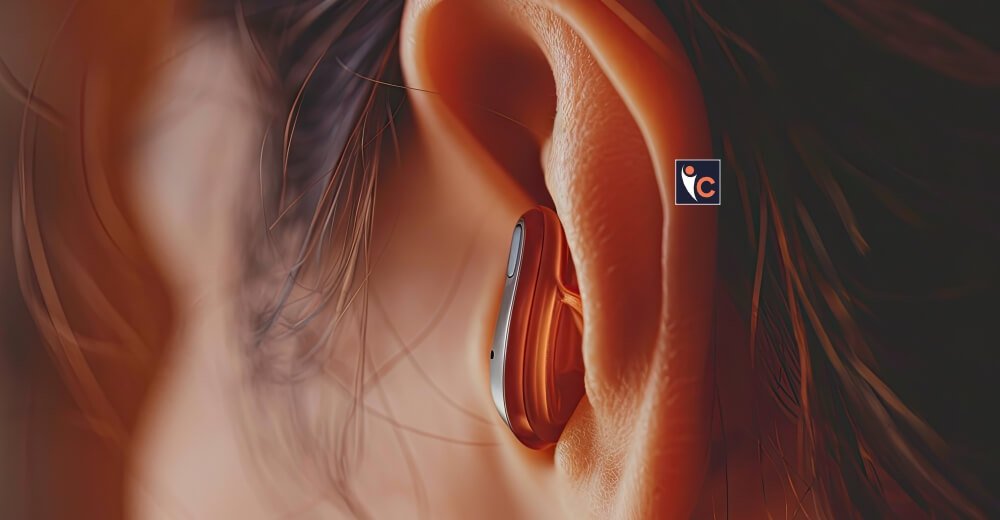A Comprehensive Overview
Auditory implant technology has provided the best solution for individuals with severe to profound hearing loss in the field of auditory restoration. During the last couple of years, not only has significant improvement been witnessed in cochlear implant technology but also in that pertaining to the auditory brainstem implants.
This article explores the new developments in the field, focusing on the rapid progress in these two technologies and the wide-ranging applications, the overall influence on patients’ lives.
New Frontier of Hearing Technology
Cochlear implants have long been recognized as the gold standard for severe hearing loss; though their capabilities have reached unparalleled levels, innovation remains keen. Cochlear implants will convert sound waves into electrical signals directly to stimulate the auditory nerve, bypassing the damaged parts of the ear. Some of the latest advances in CI technology are being directed to the following key areas:
Preservation of Residual Hearing
The major development in CI technology is the emphasis on preserving residual hearing at the implantation step. Surgeons can monitor hearing levels throughout the procedure with the use of real-time monitoring techniques and can then intraoperatively make adjustments to better minimize trauma to existing auditory structures, thus offering patients the preservation of at least some natural hearing and further providing increased functionality through the use of the implant for a more richly complex auditory experience.
A Stereo Approach to Hearing
In recent years, there has been a tremendous increase in bilateral cochlear implantation. This approach simply means that the devices are implanted in both ears such that the user will have an even more natural and wholesome perception of hearing. Benefits associated with bilateral implants include:
- Better sound localization
- Speech understanding in louder settings
- Auditory perception in general
Studies have shown that bilateral implants greatly improve binaural summation-one of the key features of spatial awareness and effective communication. This approach in the use of dual implants, for both children and adults, is fast becoming the norm as the evidence behind these continued to grow.
Expanding the Candidate Pool
The candidacy criteria for cochlear implantation are constantly evolving, so ideal candidates must adjust to what is no longer assumed. Latest evidence demonstrates positive results in previously called unsuitable candidate populations for CIs:
– Older adults
– Subjects with single-sided deafness
– Patients with more extensive periods of hearing loss
This expanded candidate pool only serves as growth in the acknowledgement of the plasticity of the human auditory system and therefore its potential to enhance quality of life in a vast population of patients.
Connecting the Dots
Hybrid device research involving cochlear implants in conjunction with hearing aids has significant promises to individuals who possess some to all residual hearing. These treatments aim at informing auditory rehabilitation improvement, keeping in mind that most patients have retained some hearing in some frequency domains but require implant support in others.
New Horizons in Neural Stimulation
While cochlear implants may be dominating the horizon in hearing restoration, very important niches have been carved out by auditory brainstem implants for patients who cannot derive any benefit from CIs due to anatomical or neurological constraints.
Technological Advances
ABI technology remains in development, with more attention given on ways to make the device’s design and performance improve. Some of these include:
– Multi-channel ABIs: This kind of advanced device has better results when it comes to sound detection and phoneme differences.
– Improved surgical methods: Surgeons are finding new ways to place the ABI that are less invasive and could reduce procedural risks.
– New materials: Scientists find new biocompatible materials for further making the device last longer and minimize risks of rejection.
Future Prospects
ABI technology is promising and a great number of avenues that could be developed to push for better improvements:
- Advanced electrode designs for high accuracy in neural stimulation
- Artificial intelligence integration in signal processing
- Non-invasive stimulation techniques development
As such technologies advance, they would eventually deliver much better outcomes for people using ABI, creating better opposition as compared to cochlear implants.
A Bright Future for Hearing Restoration
The field of auditory implants is advancing at lightning speed, with breakthroughs and ever-expanding possibilities seemingly around every corner. From the development of new cochlear implant technologies to growth in applications of auditory brainstem implants, such innovative activities are changing the skin of hearing rehabilitation. As research continues, we expect not only more sophisticated devices but ones that closely mimic natural, nuanced auditory experiences.
Beyond the medical technology area, these developments indeed have impacts on people with serious hearing losses-the promise of better communication, greater independence, and richer environmental interaction. When looking ahead, further development in the field of auditory implants will reveal new opportunities in the lives of those who navigate the twists and turns of real-life experiences connected with hearing loss, thereby improving life quality and supporting a more inclusive society.
Read More: Click Here





